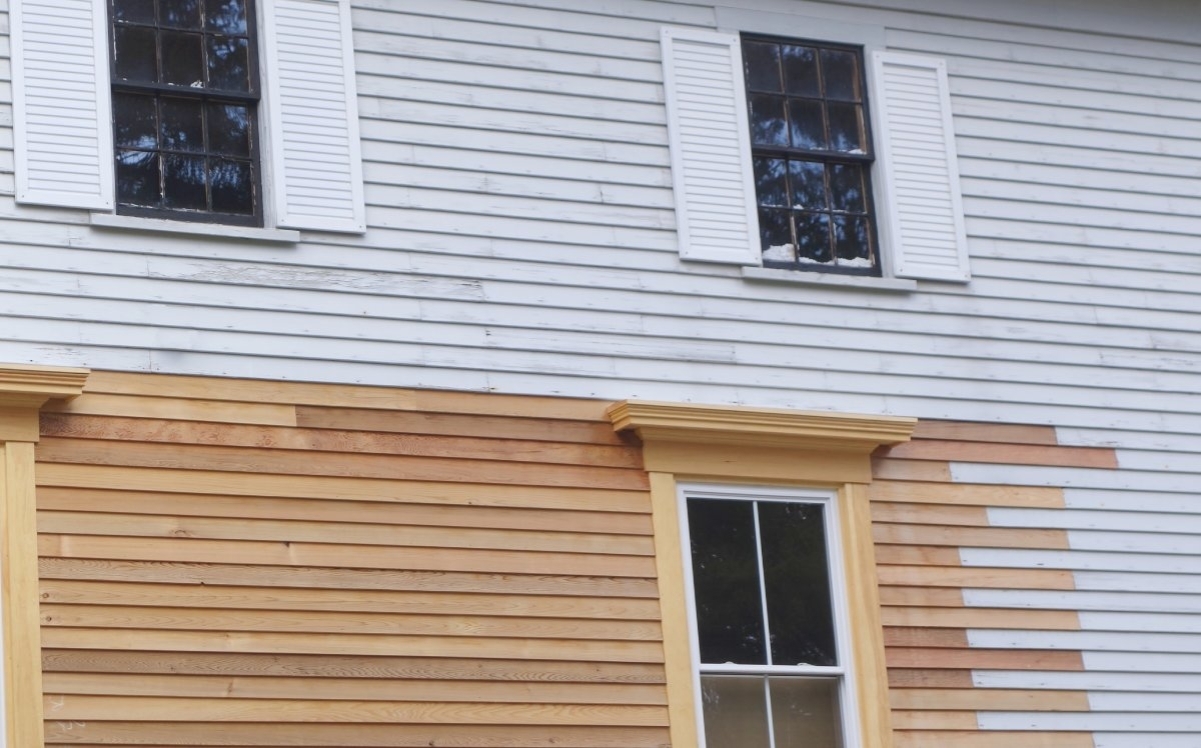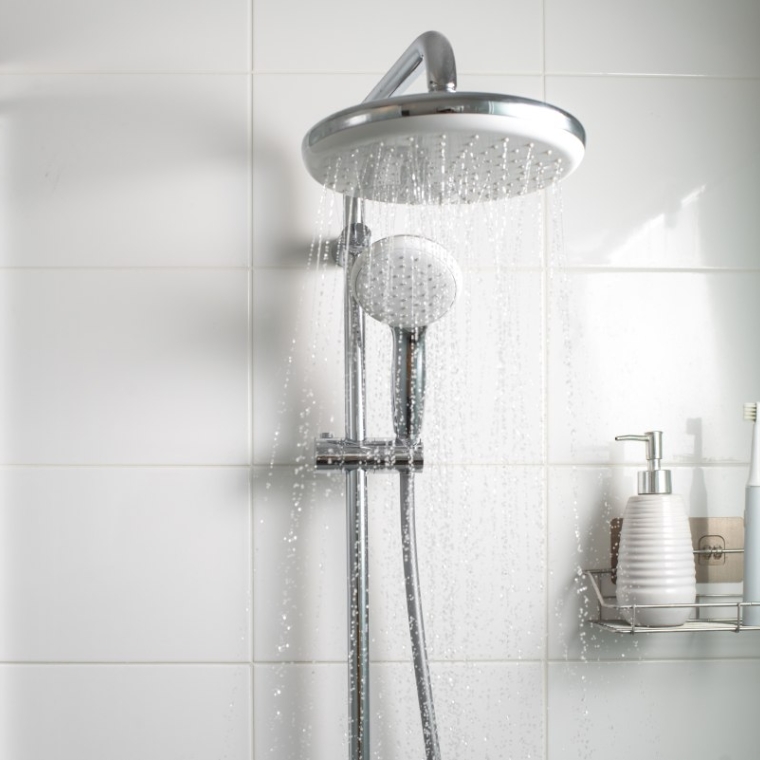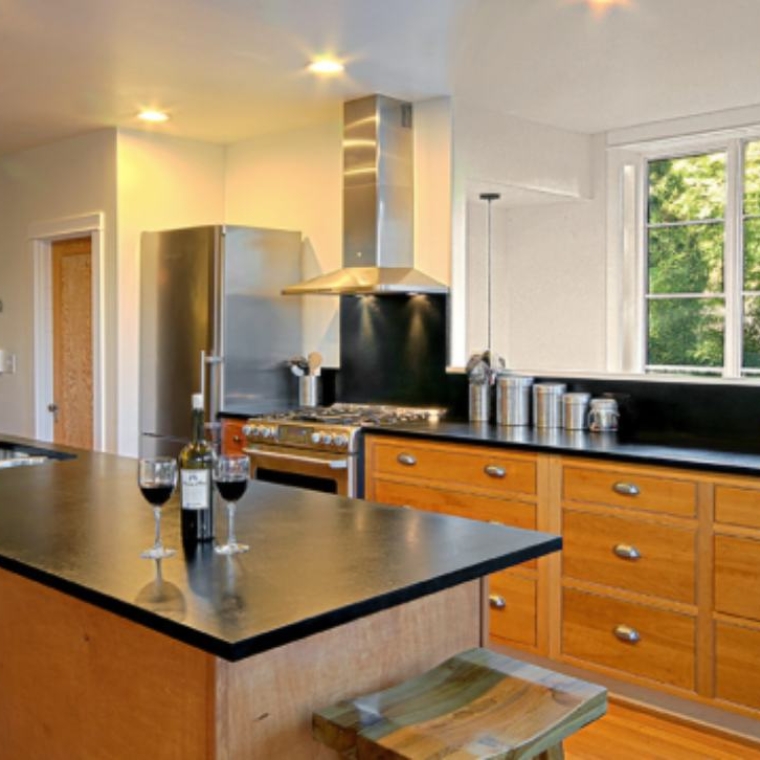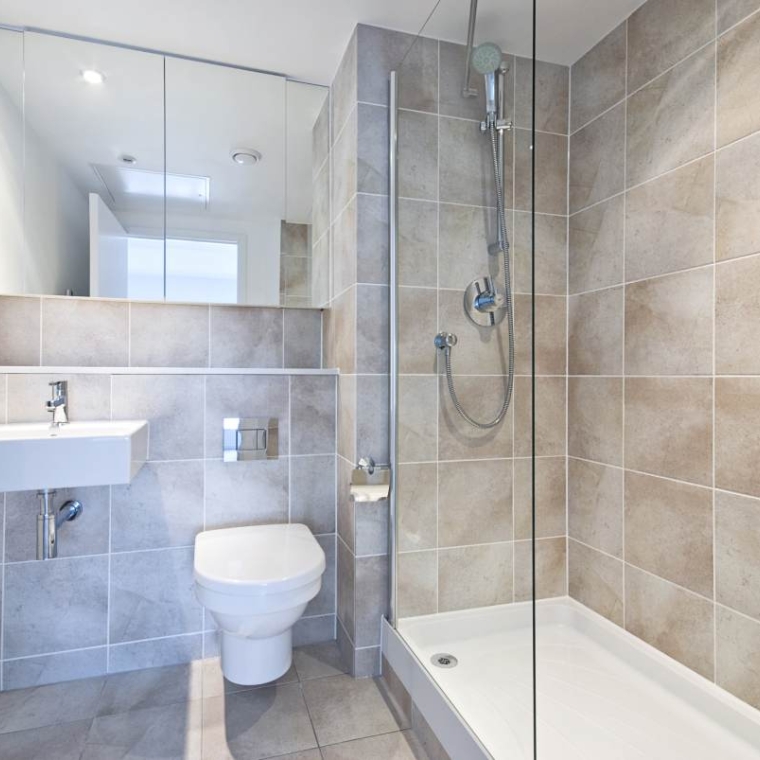Siding Replacement Guide
The Ultimate Guide to Siding Replacement in the US
Siding for Your Home
Siding is the outermost layer of a home's exterior and is responsible for protecting it from harsh weather conditions, pests, and other external factors.
Over time, it can wear out and become damaged, leading to issues such as leaks, poor insulation, and even mold growth.
This is why siding replacement is essential for your home, as it not only enhances its appearance but also helps maintain its safety and comfort. Replacing old, damaged siding with new, energy-efficient materials can significantly reduce energy bills by up to 30%.
In this guide, we are going to cover:
- Signs That Your Siding Needs Replacement
- Types of Siding Materials
- Factors to Consider When Choosing a Material
- Process of Replacing Siding for Houses
If you want to improve your curb appeal, take a look at this gutter guards guide, or learn more about sustainable gardening.
How do I understand when I need to replace the siding?
- Visible damage, such as cracks, holes, or warping, can lead to leaks and even mold growth.
- Fading or discoloration, which can indicate that the siding is aging and losing its protective properties
- An increase in your energy bills or a decrease in your home's overall comfort, could be due to the insulation properties of the siding becoming compromised.
It's essential to keep in mind that some types of siding for houses, such as vinyl, may show signs of deterioration more slowly than others, such as wood or stucco.
You should inspect your siding regularly and address any issues immediately to avoid further damage or costly repairs.
Neglecting damaged siding can lead to a variety of risks and consequences:
-
Increased energy bills: Damaged siding can lead to increased energy bills as the insulation properties become compromised, and heat or cool air can escape more easily.
-
Structural damage: Water damage caused by leaks from damaged siding can lead to structural damage over time, which can be costly to repair.
-
Mold growth: Water damage caused by leaks can also lead to mold growth, which can be hazardous to health and costly to remove.
-
Insect infestations: Damaged siding can create openings for insects and other pests to enter a home, which can be unpleasant and require costly extermination services.
-
Decreased property value: Deteriorating siding can negatively impact the curb appeal and overall value of a home, making it harder to sell.
You do not want to incur any costly repairs due to negligence. If you notice that your siding needs replacement or repair, reach out to professional help now!
Types of Siding Materials
Choosing the right siding material is an essential decision for those who want to replace their deteriorating siding.
There are several siding materials available, each with its unique features, benefits, and drawbacks.
Here is an overview of the most popular siding materials:
-
Vinyl: Vinyl siding is a popular choice for seniors because it's affordable, low-maintenance, and durable. It comes in a variety of colors and styles and is resistant to moisture, insect damage, and fading. It has an average lifespan of 20-40 years.
-
Wood: Wood siding is a classic and timeless option that adds natural warmth and character to a home. It's available in a variety of styles and finishes and can be painted or stained to match any home design. However, it requires more maintenance and has a shorter lifespan than vinyl, typically lasting 10-20 years.
-
Fiber cement: Fiber cement siding is a durable and low-maintenance option that is resistant to fire, insects, and rot. It's available in various styles and finishes, including the look of natural wood. It has a long lifespan of 25-40 years, and some manufacturers offer warranties of up to 50 years.
-
Aluminum: Aluminum siding is a durable and low-maintenance option that is resistant to moisture, fire, and insects. It's available in various colors and styles and can be painted to match any home design. Aluminum siding average lifespan of 20-40 years.
-
Brick: Brick siding is a durable and low-maintenance option that adds a classic and sophisticated look to a home. It's resistant to fire and insects and has a long lifespan of over 100 years.
You should always consult with a professional siding contractor to determine which siding material is best suited for your home, budget, and needs.
What are the pros and cons of each of these materials?
Vinyl siding:
- Pros: affordable, low-maintenance, available in various colors and styles, long-lasting
- Cons: can crack or fade over time, limited in terms of customization options, can't be painted
Fiber cement siding:
- Pros: durable, fire-resistant, pest-resistant, available in various styles, can be painted
- Cons: more expensive than vinyl, heavy and requires professional installation, can absorb moisture and lead to mold growth if not properly maintained
Wood siding:
- Pros: natural and aesthetically pleasing, available in various styles, can be painted or stained
- Cons: expensive, requires regular maintenance (e.g. painting, staining, sealing), prone to rot, pests, and fire damage
Aluminum siding:
- Pros: durable, low-maintenance, fire-resistant, available in various colors
- Cons: prone to dents and scratches, not suitable for extreme weather conditions, can fade or chalk over time
Replacing siding can be a significant investment, and it is important to consider the cost of different materials before making a decision. If you want to have a full price breakdown, look at this chart.
Vinyl siding is the most affordable option. The average cost of vinyl siding is $3-8 per square foot.
Fiber cement siding is slightly more expensive, costing an average of $5-10 per square foot.
Wood siding is the most expensive option, with an average cost of $8-12 per square foot.
It is worth noting that the cost of materials is not the only factor to consider, as installation and maintenance costs should also be taken into account.
However, choosing a higher-quality siding material can result in a longer lifespan and lower maintenance costs in the long run.
Ultimately, the choice of siding material will depend on your budget and priorities.
Factors to Consider When Choosing a Siding Material
Different types of siding materials perform differently in various weather conditions, therefore it is important to consider the climate and weather conditions in your area.
For example, vinyl siding is a popular choice for areas with high humidity, as it is resistant to moisture and won't rot or warp like wood siding might.
On the other hand, fiber cement siding is durable and resistant to extreme temperature changes, making it a good choice for areas with hot summers and cold winters.
According to recent statistics, the average annual precipitation in the US is 30.21 inches, and the average temperature is 52.68°F.
These weather conditions can affect the lifespan and performance of your siding, so it's important to choose a material that can withstand the weather in your area.
Other factors to consider include wind speed, hail frequency, and exposure to direct sunlight.
A professional siding contractor can help you determine which siding material is best suited for the climate and weather conditions in your area.
When it comes to choosing the right siding material, energy efficiency and insulation properties should be a major consideration, especially if you want to save on energy bills.
Some siding materials, such as vinyl and insulated vinyl, offer excellent insulation and can significantly reduce energy loss.
Fiber cement and wood siding also offer good insulation but may require additional insulation to achieve optimal efficiency.
According to the U.S. Department of Energy, insulated vinyl siding can save homeowners up to 20% on energy costs compared to traditional siding materials.
Some siding manufacturers offer special products that further enhance energy efficiency, such as reflective coatings and built-in insulation.
Therefore, it's important to consider both the initial cost of the siding material and the long-term energy savings when making your decision.
Different siding materials require different levels of maintenance, so it's important to understand what's involved before making a decision.
Vinyl siding is one of the most low-maintenance options, requiring only occasional cleaning to remove dirt and debris. Wood siding requires regular painting or staining to prevent rot and insect damage.
Fiber cement siding falls somewhere in between, with periodic painting or touch-ups required to maintain its appearance.
It's important to note that neglecting maintenance can lead to more serious issues, such as water damage and mold growth, which can be costly to repair.
In fact, according to the National Association of Home Builders, water damage caused by poorly maintained siding can cost homeowners up to $13,000 in repairs.
Regular maintenance is key to avoiding these costly repairs and ensuring the longevity of your siding.
Siding Replacement Process
- Inspection: A professional siding contractor will inspect your existing siding for damage, rot, and other issues that may affect the installation of new siding.
- Removal: The old siding will be carefully removed, making sure not to damage any underlying structure or insulation.
- Repair: Any damaged areas found during the inspection will be repaired or replaced to ensure a strong and stable foundation for the new siding.
- Preparation: The area will be prepared for the installation of the new siding.
This may involve adding insulation, weatherproofing, and installing any necessary accessories such as trim and molding.
- Installation: The new siding will be installed according to the manufacturer's specifications, using the proper techniques and tools.
- Finishing touches: Once the siding is installed, any necessary finishing touches will be added, such as painting or staining.
- Clean-up: The area will be thoroughly cleaned up and any debris removed, leaving your home looking clean and beautiful.
Note, that the process may vary slightly depending on your home's specific materials and conditions.
As in many home renovation projects, the estimated time for completion can vary depending on various factors such as the size of the home and the type of siding material being installed.
On average, the siding installation process can take anywhere from 1 to 2 weeks.
However, it is important to note that unforeseen circumstances such as weather conditions or unexpected damages can prolong the completion time.
It is always best to consult with a professional contractor to get a more accurate estimate.
How to Know When Your Roof Needs to Be Replaced?
Best Time to Replace Windows and How it Benefits Your House Exterior
Heat Pumps For Your House - Full Guide
Last update: 07 Jan 2026










